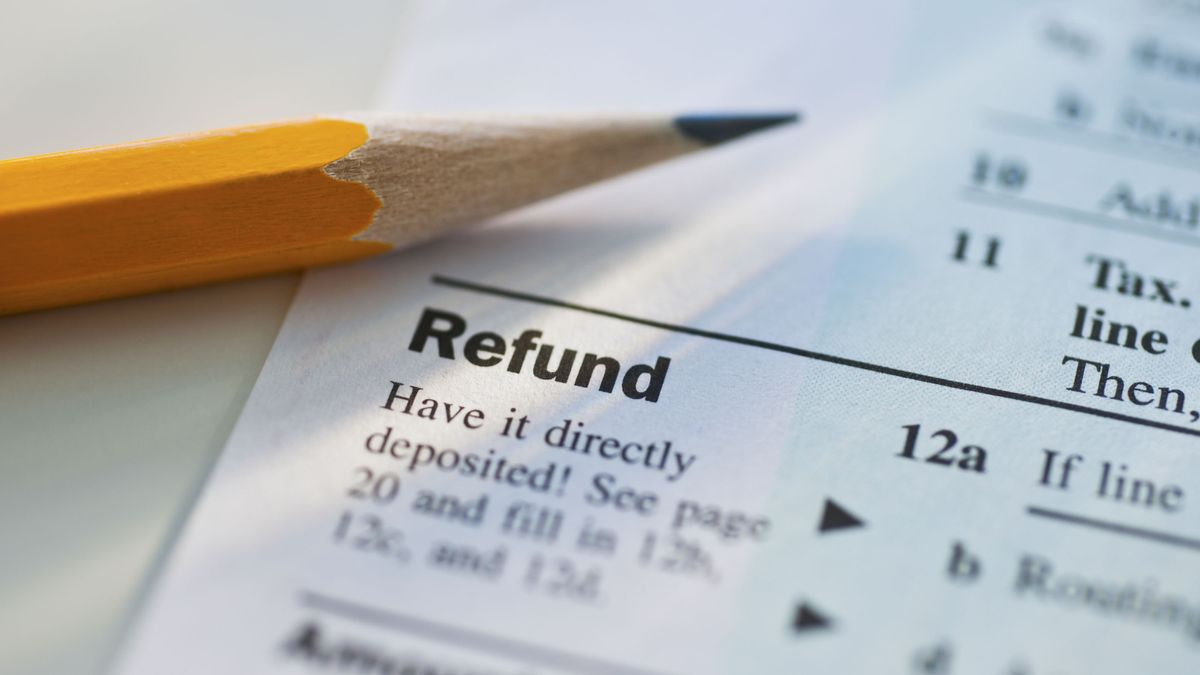For months, the IRS has warned taxpayers that federal income tax refunds could be “somewhat lower this year.” As of February 3, the IRS had already refunded almost $16 billion from about 19 million 2022 tax returns. But so far, this year’s average federal tax refund amount of $1,963 is almost 11% lower than refunds issued this same time last year. Back then, the average tax refund amount was $2,201, according to the IRS.
A main reason why your fedral income tax refund this year might be lower than what you’re used to is the expiration of several tax breaks that were available to filers during the pandemic.
Why Tax Refunds Are Smaller This Year
Several major tax credits were put in place during the COVID-19 pandemic to help taxpayers and their families navigate challenges like income loss, and child care issues. But some of those popular credits are not available for 2022 or have reverted back to pre-pandemic thresholds and amounts.
Sign up for Kiplinger’s Free E-Newsletters
Profit and prosper with the best of expert advice on investing, taxes, retirement, personal finance and more – straight to your e-mail.
Profit and prosper with the best of expert advice – straight to your e-mail.
Child Tax Credit Changes. In 2021, the child tax credit was expanded to offer relief to families during the pandemic. These changes allowed families to claim $3,000 per child ($3,600 for children under age 6), and allowed 17 year olds to qualify for the credit as well. Additionally, the 2021 child tax credit was refundable.
However, those popular child tax credit changes have expired. Now, for the 2022 tax year, parents may only claim $2,000 per child under the age of 17. The amount of the credit phases out as your modified adjusted gross income (MAGI) hits $400,000 on a joint return, or $200,000 on a single or head-of-household return. The child tax credit for 2022 is also no longer fully refundable.
Child and Dependent Care Tax Credit Changes. The child and dependent care tax credit was also expanded in 2021, but has since reverted back to what it was before the COVID-19 pandemic. The expansion made the credit fully refundable. It also allowed individuals to deduct up to 50% of $4,000 in child care expenses for one person ($16,000 for two or more) if their adjusted gross income was below the $125,000 threshold.
Those changes have expired, so the child and dependent care tax credit for 2022 has returned to being nonrefundable. It is a maximum of 35% on up to $3,000 of child care expenses (for one child or dependent and up to $6,000 for two or more children or dependents. Also remember that you have to have earned income to claim this credit.
Earned Income Tax Credit Changes. The earned income tax credit (EITC) is a form of financial relief for those with low to moderate income. Previously, the EITC amount that you could claim if you did not have qualifying children or dependents was $1,502. However, for 2022, the maximum amount that an eligible taxpayer without qualifying children can claim is $560. That’s a $942 difference from the amount that could be claimed for the 2021 tax year.
If you’re claiming the EITC for 2022 and do not have qualifying children or dependents, the income limist is $16,480 if you’re single, head of household, or widowed. If you’re married and filing jointly without qualifying children or dependents, the EITC income limit for 2022 is $22,610. Also, remember that if you claim the EITC, your tax refund can be delayed.
Changes to Charitable Contribution Limits. For the 2022 tax year, the amount you can claim in charitable cash contributions changed. In 2021, a special rule allowed taxpayers to take a deduction for charitable cash contribuitons of up to 100% of their adjusted gross income (AGI). But that rule has expired. So for 2022, the deduction for charitable cash contributions generally can’t be more than 60% of your AGI.
Also, previously, taxpayers were able to take an above the line deduction on charitable contributions up to $300 (for single filers), and up to $600 for married taxpayers filing jointly. For the 2022 tax year however, that special rule for nonitemizers has expired. Now you have to itemize your deductions to claim a tax break for your charitable donations.
Other Key 2022 Tax Changes
Changes to credits that had been expanded during the pandemic are a key reason why your tax refund could be smaller this year. However, many factors can impact the size of your refund including inflation adjusted income tax brackets, a higher standard deduction, changes to your income and family size, and changes to other tax deductions and credits.
If you’re doing your own taxes and are worried that your refund is lower this year, you may want to consult a professional to double check your return before your file. Also read up on other key tax changes that could impact your 2022 tax return.
And, if you’re looking to get your tax refund as fast as possible, make sure to e-file and opt to receive your refund through direct deposit. The IRS says that direct deposit is faster, greener, and safer than getting your tax refund by check in the mail.

